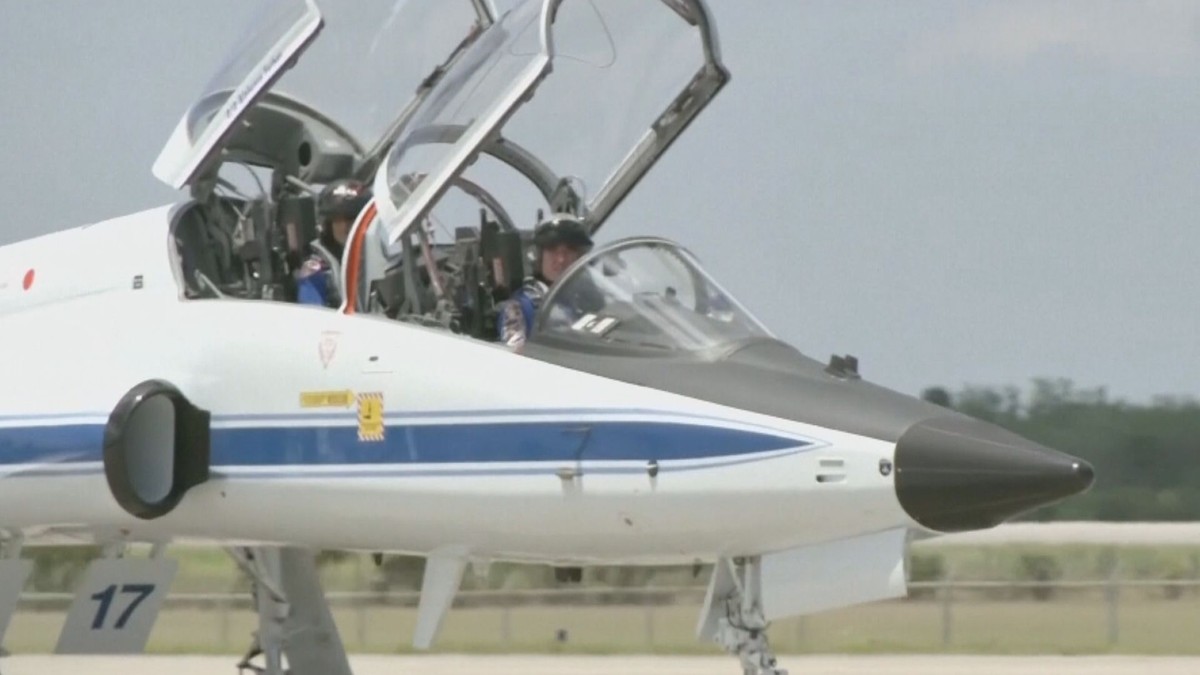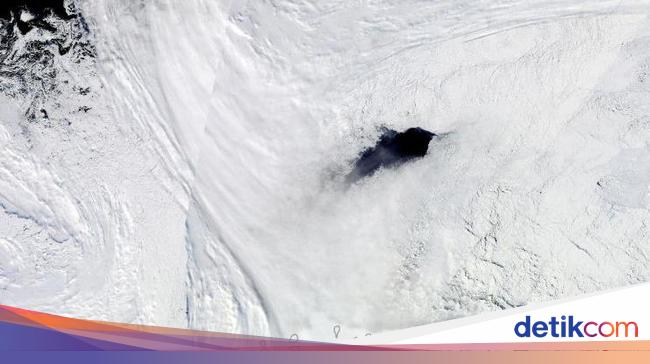#Dinosaurs #Turns #Animal #Top #Predator
Jakarta –
Dinosaurs are the most studied ancient animals because they are said to have dominated their habitat as top predators in ancient times. But in fact, long before the time of the dinosaurs, there were other animals that were top predators. What animal is meant?
Researchers at the University of Bristol and the Open University have analyzed the first large land predators to evolve into hunters.
These predators were synapsids, which dominated the land as primary predators for 60 million years, before the appearance of the first dinosaurs, between 315 and 251 million years ago.
To find out how the evolution of synapsid predators occurred in the past, researchers analyzed the jaw anatomy and body size of carnivorous synapsids. The goal is to understand feeding habits and ecological evolution.
According to researchers, around 270 million years ago, major changes in the function of synapsid jaws led to significant changes in predator behavior, impacting the evolution of our earliest ancestors.
As herbivores grew faster, carnivores evolved into larger and better predators for survival.
Evolusi Predator Synapsid
Dr Suresh Singh from Bristol’s School of Earth Sciences explained that earlier synapsid predators such as Dimetrodon had long jaws and lots of teeth to prevent their prey from escaping.
However, the function of the jaw later changed to a shorter jaw, stronger muscles, and fewer front teeth for a stronger bite.
“This change highlights how later synapsid carnivores relied on severely wounding and killing their prey quickly, including the first saber-toothed carnivores. This adaptation shows that predators faced new challenges from their prey,” said Dr Singh, quoted from EurekAlert.
Dr Armin Elsler, a collaborator on the study, emphasized the role of synapsid jaw reorganization in mammalian evolution.
“This change increases the efficiency of the jaw. What initiates this first step? The prey influences it due to ecological pressure,” he said.
The Influence of Prey on the Evolution of Predators
Professor Emily Rayfield, who took part in the research, said that predator-prey interactions have driven animal behavior today. This influence on anatomical evolution over millions of years may have driven significant leaps in our evolutionary history.
The relationship between form and function helps paleontologists understand how prehistoric animals lived and the evolution of life on Earth.
The researchers also found an increase in the diversity of synapsid carnivores during the mid-late Permian era.
It is known that this shift resulted in a group of carnivores with faster biting speeds or more bites. Over time, the group began to resemble modern carnivorous mammals.
Watch the video “About Megalosaurus, the First Dinosaur Named 200 Years Ago”
(does/does)







:quality(70):focal(2545x1995:2555x2005)/cloudfront-eu-central-1.images.arcpublishing.com/liberation/WZP5ZNBFSZD7TEYRRUWFQE4GVY.jpg)

